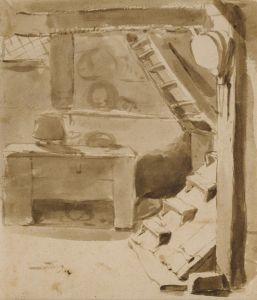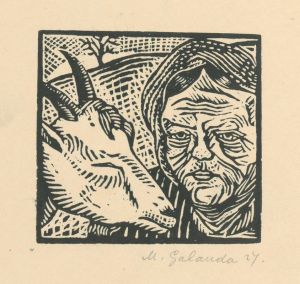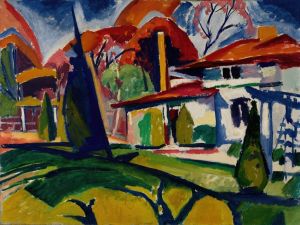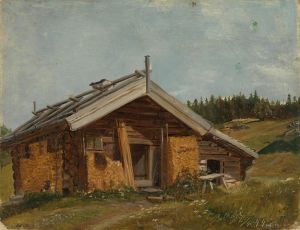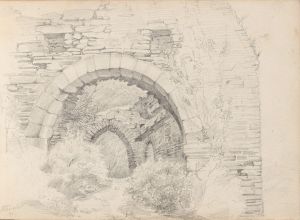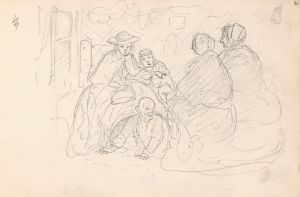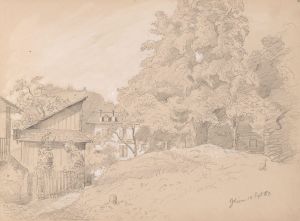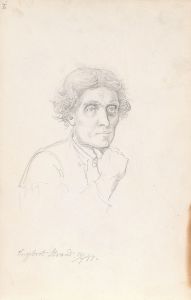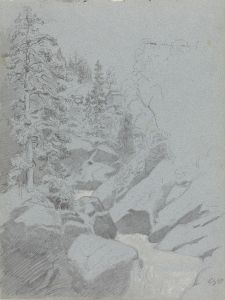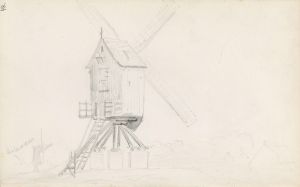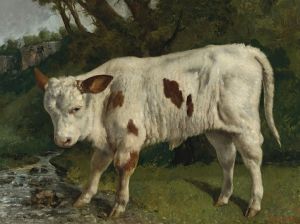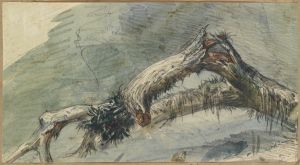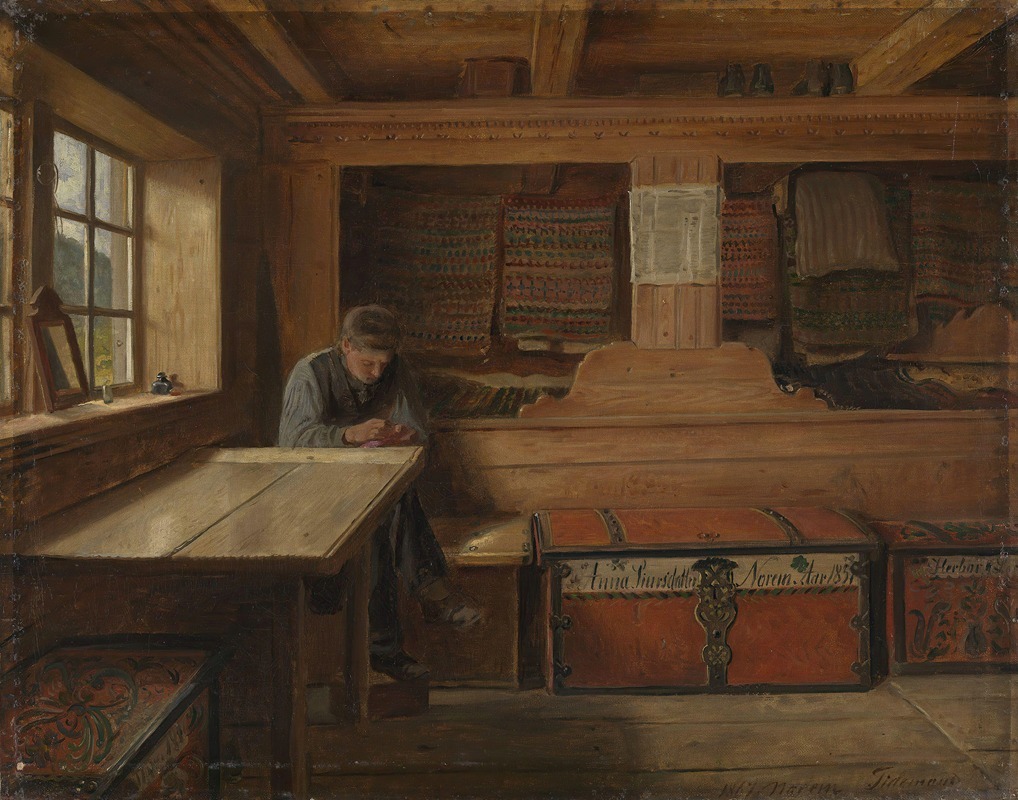
Old Storeroom in Vikøy
A hand-painted replica of Adolph Tidemand’s masterpiece Old Storeroom in Vikøy, meticulously crafted by professional artists to capture the true essence of the original. Each piece is created with museum-quality canvas and rare mineral pigments, carefully painted by experienced artists with delicate brushstrokes and rich, layered colors to perfectly recreate the texture of the original artwork. Unlike machine-printed reproductions, this hand-painted version brings the painting to life, infused with the artist’s emotions and skill in every stroke. Whether for personal collection or home decoration, it instantly elevates the artistic atmosphere of any space.
Adolph Tidemand was a prominent Norwegian painter in the 19th century, known for his detailed and evocative depictions of Norwegian life and culture. One of his works, "Old Storeroom in Vikøy," exemplifies his dedication to capturing the essence of rural Norway during this period. Although specific details about this particular painting are limited, Tidemand's broader body of work provides context for understanding its significance.
Adolph Tidemand was born on August 14, 1814, in Mandal, Norway. He studied art in Copenhagen and later at the Academy of Fine Arts in Düsseldorf, Germany, which was a significant center for the Romantic art movement. Tidemand became associated with the Düsseldorf school of painting, which emphasized detailed realism and often focused on historical and genre scenes. His education and experiences in Düsseldorf greatly influenced his artistic style, which combined meticulous attention to detail with a deep interest in the cultural and historical aspects of Norwegian life.
Tidemand's work often explored themes of Norwegian identity, folklore, and tradition. He was particularly interested in the lives of ordinary people and the rural landscapes of Norway. His paintings frequently depicted scenes of everyday life, traditional costumes, and historical events, capturing the spirit of Norwegian culture during a time of national romanticism. This movement sought to celebrate and preserve Norway's unique cultural heritage, especially as the country was seeking to establish its identity separate from Denmark and Sweden.
"Old Storeroom in Vikøy" fits within this context as a representation of Tidemand's interest in the everyday aspects of Norwegian life. While specific information about the painting is scarce, it is likely that it portrays an interior scene, given the title's reference to a storeroom. Such scenes were common in Tidemand's work, as he often painted interiors that showcased traditional Norwegian architecture and domestic life. These paintings served as a visual record of the customs and lifestyles of rural Norwegians in the 19th century.
Tidemand's ability to convey the atmosphere and details of Norwegian interiors was part of his broader effort to document and celebrate the country's cultural heritage. His paintings are characterized by their warm color palettes, careful composition, and attention to detail, all of which contribute to their historical and cultural significance. Through his art, Tidemand provided a window into the lives of Norwegians during a period of significant social and political change.
In addition to his genre scenes, Tidemand also collaborated with other artists, most notably Hans Gude, on several large-scale historical and landscape paintings. These collaborations further cemented his reputation as a leading figure in Norwegian art. Tidemand's work was well-received both in Norway and internationally, and he played a crucial role in shaping the perception of Norwegian culture through art.
Overall, while specific details about "Old Storeroom in Vikøy" are limited, the painting can be appreciated within the broader context of Adolph Tidemand's oeuvre. His dedication to capturing the essence of Norwegian life and his contributions to the national romantic movement make his work an important part of Norway's cultural history.






